by Andrew Hedglin
The first book that I fell in love with after I started working at Lemuria was Harrison Scott Key’s The World’s Largest Man, a memoir Key had written about his father. In addition to it simply being hilarious, it helped me contextualize the travails I’ve encountered when trying to write about my own family.
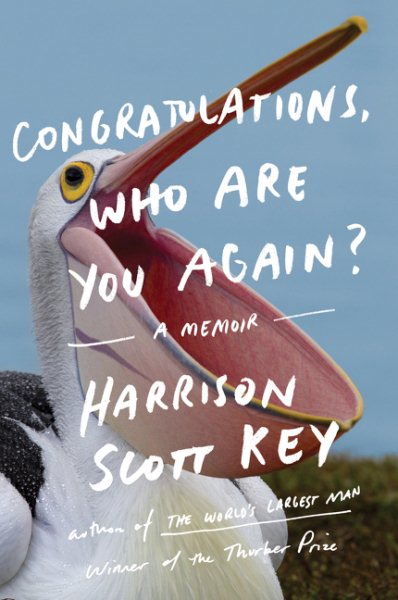 Key has returned with a metatextual sequel called Congratulations, Who Are You Again?, large parts of which detail the process of writing the first book. When Kelly, our store’s manager, first explained this concept to me, I was a little worried. Not because I thought the book wouldn’t be good (which it is, very good). But because I was worried that having to read another book first, in order to enjoy this one, seemed like a high barrier for entry. As in, the audience would naturally be a smaller piece of the initial audience.
Key has returned with a metatextual sequel called Congratulations, Who Are You Again?, large parts of which detail the process of writing the first book. When Kelly, our store’s manager, first explained this concept to me, I was a little worried. Not because I thought the book wouldn’t be good (which it is, very good). But because I was worried that having to read another book first, in order to enjoy this one, seemed like a high barrier for entry. As in, the audience would naturally be a smaller piece of the initial audience.
But that’s not really true. What Key points out, early and often, is that this is not a book about his previous book. It’s about dreams.
The reason people could relate to his father-memoir is not that they knew Key’s own father personally, but that most people have had a father or father figure in their life. A story can hold up a mirror to our own experience.
Now, I’m a bookseller, and I love all the inside-baseball stuff here about how a book is made: the talk about the early morning coffee house writing, the publisher bids, the advance, the author tour, the Terry Gross king-making. I will personally treasure and adore for years to come a particularly exquisite and profane paragraph about the bookstore’s view of author events. Book people and wannabe writers will find lots here to enjoy.
But dreams come in all shapes and sizes. They have different rewards and consequences. What’s interesting here is how Key’s original dream was just to make people laugh, and it took him a while to figure out that writing a book was the method he would use to achieve that. When he fist made decisions to make this goal come true, he was thrust into roles such as acting, academia, and even fund-raising.
On the other side of having written his book, he has to deal with success. Which suddenly seems important, but was not part of the original plan to begin with. Where Key ends up, as with his last book, is surrounded by his wife and daughters (hilariously given the nicknames Stargoat, Beetle, and Effbomb here for their protection). I don’t think this is designed, but it’s not a coincidence, either. I imagine that for most of us, our loved ones have a way of ending up at into the center of our dreams.
So, if you have any kind of dream, I think this book is worth reading. Even if you’re not familiar with Key’s own dream, he’s got an amusing way of explaining it and casting that reflection back onto us, the readers.
Harrison Scott Key will be at Lemuria on Friday, November 9, at 5:00 to sign and read from Congratulations, Who Are You Again?


 Stephen Markley’s gripping debut novel
Stephen Markley’s gripping debut novel  So, even if he’s not like famous like a pop star or president, he’s had occasion over the past decade or so to consider the ramifications of fame, celebrity, and influence in our culture. And he’s put these ideas to use in his smart, fun debut novel An Absolutely Remarkable Thing.
So, even if he’s not like famous like a pop star or president, he’s had occasion over the past decade or so to consider the ramifications of fame, celebrity, and influence in our culture. And he’s put these ideas to use in his smart, fun debut novel An Absolutely Remarkable Thing.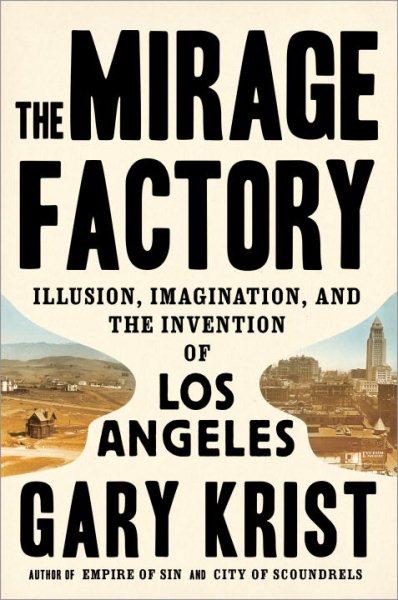 I have come to the conclusion that Krist is the great pop urban historian of today. In lucid, well-researched prose, he tells not of great American city’s beginnings, but the genesis of the idea of that city–what each metropolis has to offer to the culture and popular imagination of this country. He returns this year with
I have come to the conclusion that Krist is the great pop urban historian of today. In lucid, well-researched prose, he tells not of great American city’s beginnings, but the genesis of the idea of that city–what each metropolis has to offer to the culture and popular imagination of this country. He returns this year with 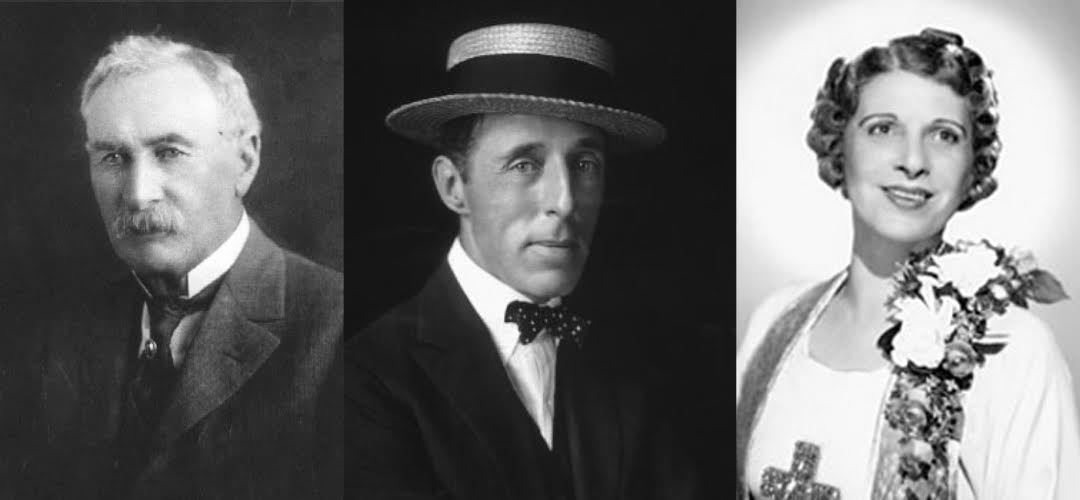
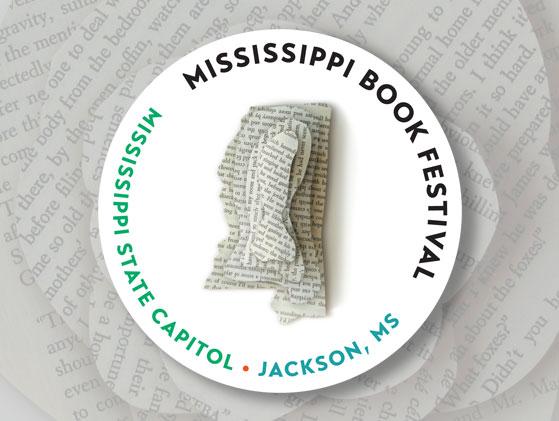
 He brought a rig with a custom decorative wrap on the trailer. It looked awesome. Alas, I was visiting my brother in Nashville at the time.
He brought a rig with a custom decorative wrap on the trailer. It looked awesome. Alas, I was visiting my brother in Nashville at the time.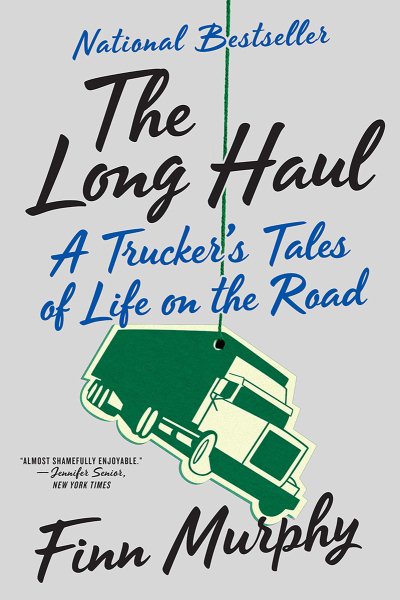 This gives Murphy an unexpected vantage point: he certainly illuminates his world on the highway; I could see into the cabs of trucks from the Greyhound bus I was riding. Cummins, a diesel engine manufacturer whose existence I had spent decades being oblivious of, had a headquarters in Indianapolis that I noticed immediately upon arrival.
This gives Murphy an unexpected vantage point: he certainly illuminates his world on the highway; I could see into the cabs of trucks from the Greyhound bus I was riding. Cummins, a diesel engine manufacturer whose existence I had spent decades being oblivious of, had a headquarters in Indianapolis that I noticed immediately upon arrival.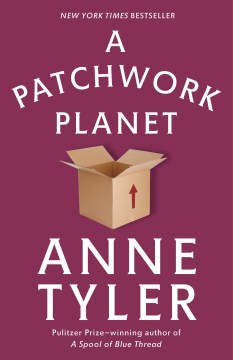 One such novel,
One such novel,  The first book I would recommend, which ties in the Solo movie coming out on May 25, is
The first book I would recommend, which ties in the Solo movie coming out on May 25, is 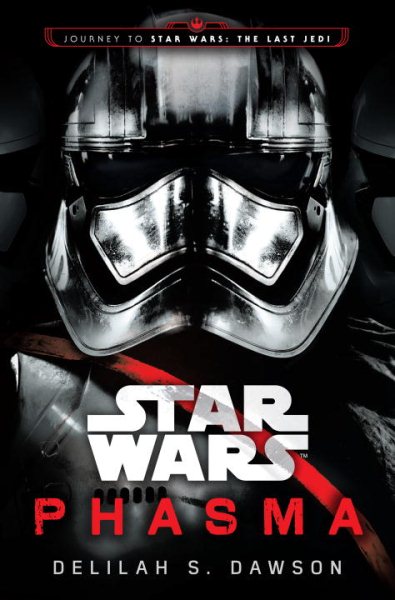 The next movie-based genre-bender I’d like to recommend
The next movie-based genre-bender I’d like to recommend 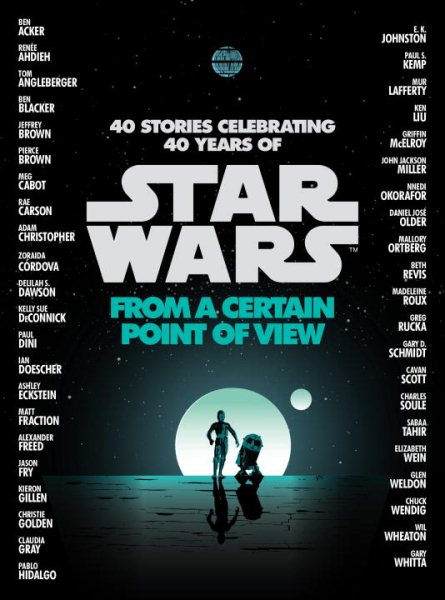 The other book I have to recommend, which relies heavily on its movie source material, is
The other book I have to recommend, which relies heavily on its movie source material, is  Still, the aforementioned interest in card iconography made the cover of
Still, the aforementioned interest in card iconography made the cover of 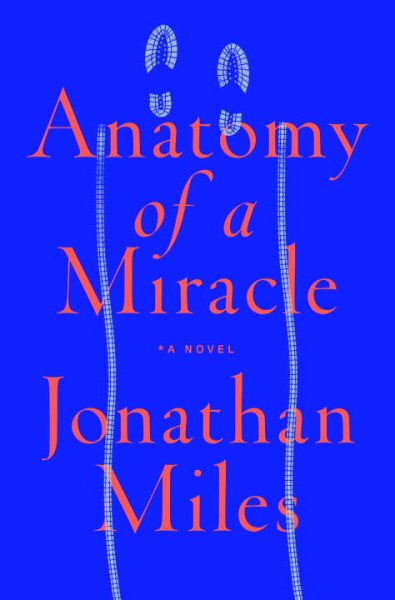 Any feature journalist or newspaper reporter worth his or her salt would stop the narrative right there. But he novelist Jonathan Miles, in his new faux documentary
Any feature journalist or newspaper reporter worth his or her salt would stop the narrative right there. But he novelist Jonathan Miles, in his new faux documentary 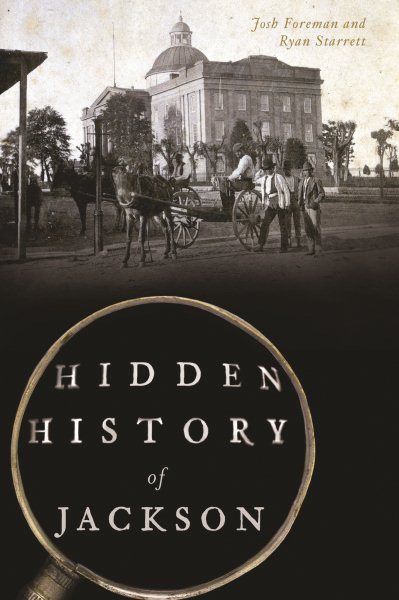 Perhaps others among you received a more comprehensive education at your own schooling or by your own volition, but for anybody who considers themselves a true Jacksonian, I cannot recommend highly enough Josh Foreman and Ryan Starrett’s
Perhaps others among you received a more comprehensive education at your own schooling or by your own volition, but for anybody who considers themselves a true Jacksonian, I cannot recommend highly enough Josh Foreman and Ryan Starrett’s 